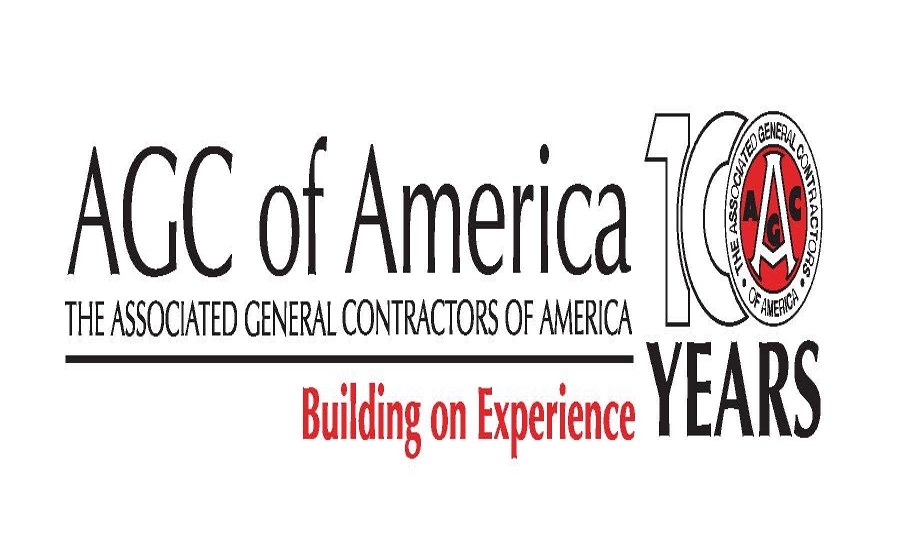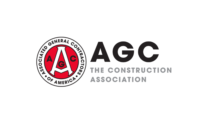Prices for goods and services used in construction costs climbed 6.2 percent over the past year, intensifying a cost squeeze on contractors grappling with widespread labor shortages, according to an analysis by the Associated General Contractors of America of new Labor Department data. Association officials noted that the cost increases come as many construction firms are already grappling with the impacts of labor shortages.
"Price changes for construction materials in August were mixed, but contractors are likely to be hit with additional cost increases as new tariffs take hold, as well as significant labor cost escalation," said the association's chief economist, Ken Simonson. "Prices for goods and services used in construction rose over the past year at nearly double the rate that contractors have raised their bid prices to put up new buildings."
The construction economist noted that the producer price index for inputs to construction industries—a weighted average of all goods and services used in construction (including items consumed by contractors, such as diesel fuel)—declined 0.8 percent from July to August but jumped 6.2 percent since August 2017. In contrast, an index that measures what contractors say they would charge to erect five types of nonresidential buildings rose just 3.4 percent over the year, indicating that contractors were absorbing more of the costs than they were passing on to owners.
Diesel fuel, steel, aluminum, asphalt paving mixtures and gypsum products were among the diverse products that contributed to the large year-over-year cost increases, the economist said. He pointed out that from August 2017 to August 2018, there were producer price index increases of 33.9 percent for diesel fuel, 18.6 percent for steel mill products, 14.0 percent for aluminum mill shapes, 9.2 percent for asphalt paving mixtures and blocks and 8.2 percent for gypsum products. Among services used in construction, the price index for truck transportation of freight climbed 7.2 percent over the year.
In addition, a survey the association released recently found that 80 percent of respondents reported difficulty filling hourly craft worker positions and 44 percent said project costs have been higher than anticipated. Association officials noted that many contractors reported they have increased pay and benefits to retain and recruit workers. Despite those increases, significant numbers of firms report labor shortages are forcing them to take longer to complete projects, putting them at risk of financial penalties.
"Contractors are having to pay more for many construction materials and workers yet appear to have limited ability to pass those costs along to their clients," said Stephen E. Sandherr, the association's chief executive officer. "The President and Congress can help by lifting costly tariffs on key construction materials and boosting investments in career and technical education programs."





